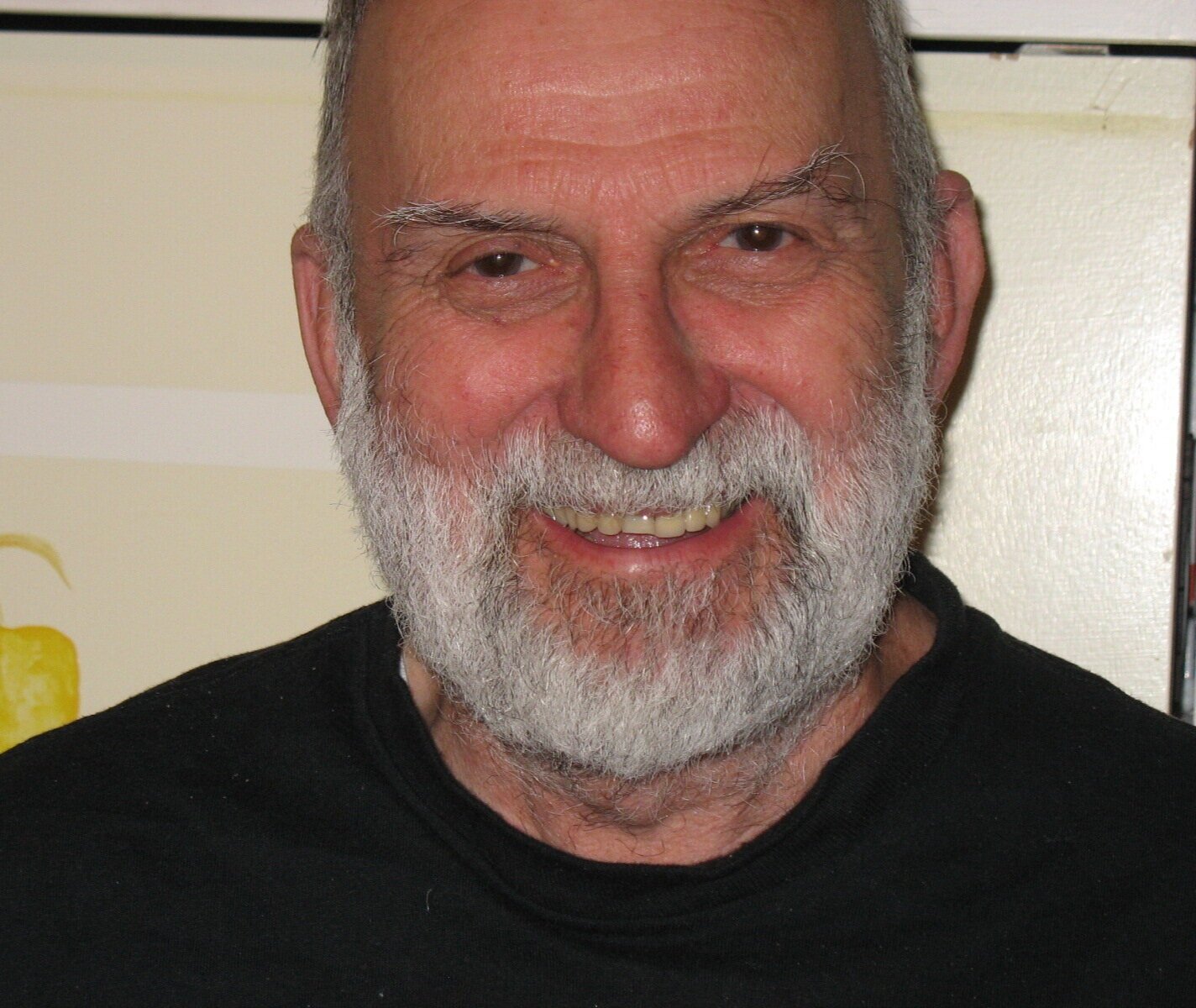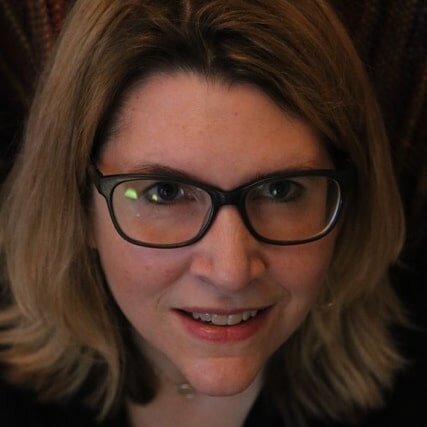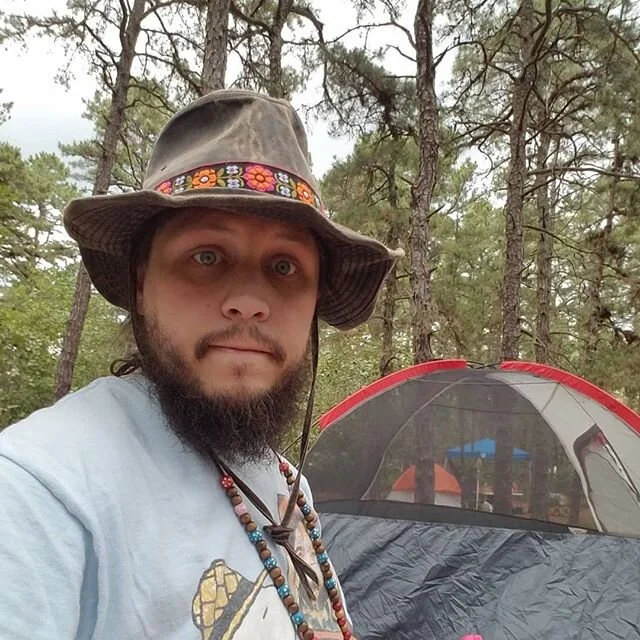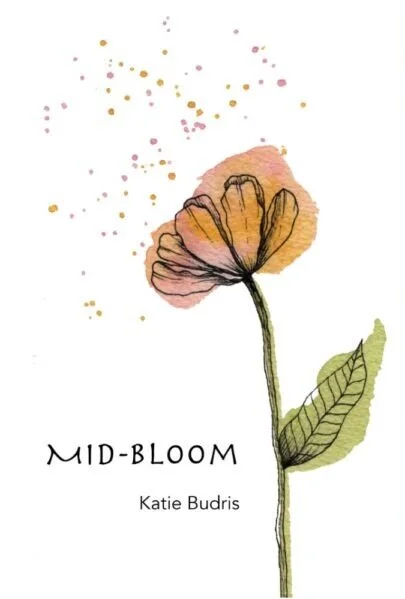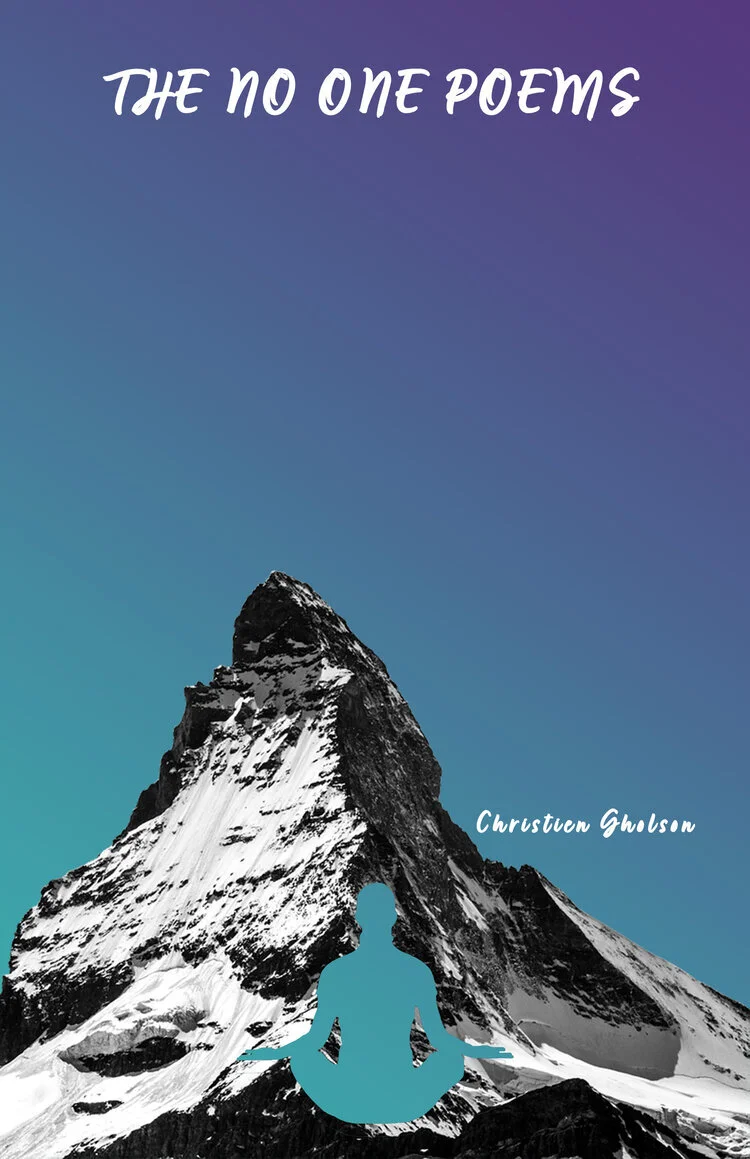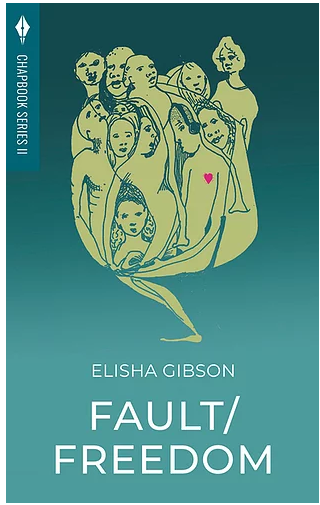Profession: Poet is a new monthly blog feature exploring craft and identity in poetry by Hanoch Guy, who writes poems in both English and Hebrew.
Writing Poetry of Fantasy and Dreams
You may want to go back and read the previous blog, as it will offer connections with this one.
This post will offer you prompts and methods to stimulate your imagination for creating new poems.
Set aside a quiet hour during a time you won’t be interrupted.
Get together a drawing pad or pieces of paper, crayons, markers, and inspiring music.
Consider Fantasia, the movie, to get your creative juices going, or another movie you can bring to mind that has a fantastical storyline and a magical landscape.
Look at surrealist paintings from artists such as Magritte, Klee, Dali, Leonora Carrington, Remedios Varo, and others who create imaginative, dreamlike worlds.
Have your drawing pad or paper ready.
These writing exercises may help you to break out of the style of poetry you usually write.
They provide an opportunity to concentrate on fantasy and dreams and use that imagery, terrain, and sensation in your poetry.
Remembering the last blog about the limbic brain, which houses the language of poetry, below are some prompts to start with.
Focus on the following phrases and write what comes to you with each one:
Wonder
No common sense/no logic
Put aside the judge (your left brain)
Mix up time and space
Omit lines and words
Surrealism
Daydreams
Imagination
Symbolism
Synesthesia (blending senses)
Non sequiturs
Incongruence
Here are some other methods to consider to open up your imagination and limbic brain.
Read a foreign language poem aloud.
Think about distant lands.
Experiment with signs and symbols such as flags, banners, and runes.
In order to understand more , I suggest looking at the poetry of the great Indian poet, Kabir, especially his hilarious upside-down poems. Here is an excerpt from one:
The cow is sucking at the calf’s teat,
from house to house the prey hunts,
the hunter hides.
. . .
frog and snake lie down together,
a cat gives birth to a dog, . . .
You may also enjoy this excerpt from e.e. cummings:
in the middle of a room
stands a suicide
sniffing a Paper rose
smiling to a self
I would like to offer you a poem of mine where I used some of the above devices. This poem was published in Springtime in Moldova, by Kelsay books.
The house on Mill’s corner stretches its walls, yawns,
slides on mud to the creek.
The basement trades places with the attic.
Kids’ beds hang upside down.
They travel to Israel in their sleep.
The wind puts a French sign on 259 rue Ashbourne door.
Hydrangea in the front switches
with the azalea in the back.
The deck is stuck to the side wall.
Burglars get confused and surrender.
The owner is cited by the township
for numerous infractions.
In closing, I leave you with the following prompts and bid you creativity, play, and inspiration.
A pink elephant------------------------------------------------------------------------------
------------------------------------------------in the black river
Purple wooden bird------------------------------------------------------------
A star split--------------------------------------------------------------------
Yes and no--------------------------------------------------------------
-----------------------------------powerful blow-------------------------------
Red mud covers----------------------------------------------------------------
Sad painting-------------------------
No seams---------------------------------------------------------------------------------------------------------
-----------------------sliding trees
A sad gorilla ----------------------------------------------------
Heart and lungs----------------------------------
Why because------------------------------------------
Icy fire------------------------------------------------------------------------------------------------------------------
Write a 4-6 line poem.
You may use the prompts.
Borrow any line from the poems we read above.
Mix up lines without thinking.
Or use guided visualization as a spring board :
Close your eyes and imagine yourself on a mountainous road
The wind blows hard
Horses fly
Elephants dance
A pink crayon draws giant purple clown hats
I always welcome your questions and feedback.
Hanoch Guy Ph.D, Ed.D spent his childhood and youth in Israel. He is a bilingual poet in Hebrew and English. Hanoch has taught Jewish Hebrew literature at Temple University and poetry and mentoring at the Muse House Center. He won awards in the Mad Poets Society, Phila Poets, Poetry Super Highway and first prize in the Better than Starbucks haiku contest. His book, Terra Treblinka, is a finalist in the North Book Contest. Hanoch published poems in England, Wales, Israel, the U.S., and Greece. He is the author of nine poetry collections in English and one Hebrew book.


